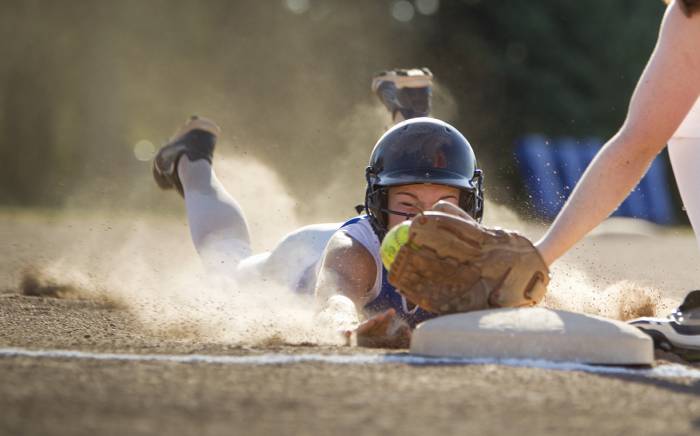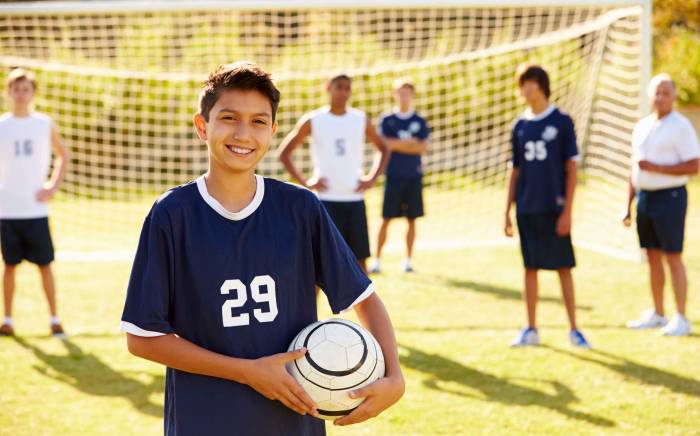Don’t let a skin infection bench your young athlete.
Skin-to-skin contact during play, open wounds and shared equipment can put children who play sports at risk for a skin infection, says Rachel Orscheln, MD, Washington University infectious diseases physician at St. Louis Children’s Hospital. Common skin infections that affect athletes include:
- Methicillin-resistant Staphylococcus aureus (MRSA)—“MRSA is an antibiotic-resistant strain of a common germ that lives on the skin,” Dr. Orscheln says. “Signs of infection include skin redness, swelling, pain, drainage and fever. A player who has an open wound is more likely to become infected with MRSA, so athletes need to keep cuts and scrapes clean and covered. They also need to shower frequently, practice hand hygiene and avoid sharing sports equipment.”
- Ringworm—Often called athlete’s foot when it affects the feet and jock itch when found on the groin, ringworm is a fungal infection with symptoms that vary based on the part of the body that is affected. Athlete’s foot can cause redness, itchiness, blisters and burning pain. Children with jock itch may experience red, rough skin or blisters. To prevent ringworm and other fungal infections, athletes should shower after practice and games, use shower shoes, wear clean socks and underwear, and avoid sharing personal items.
If your child’s wound appears to be infected, contact your healthcare provider or seek medical care.
Call the St. Louis Children’s Center for Families Resource Library at 314.454.KIDS (5437) and press “5” to have information about MRSA sent to you.












